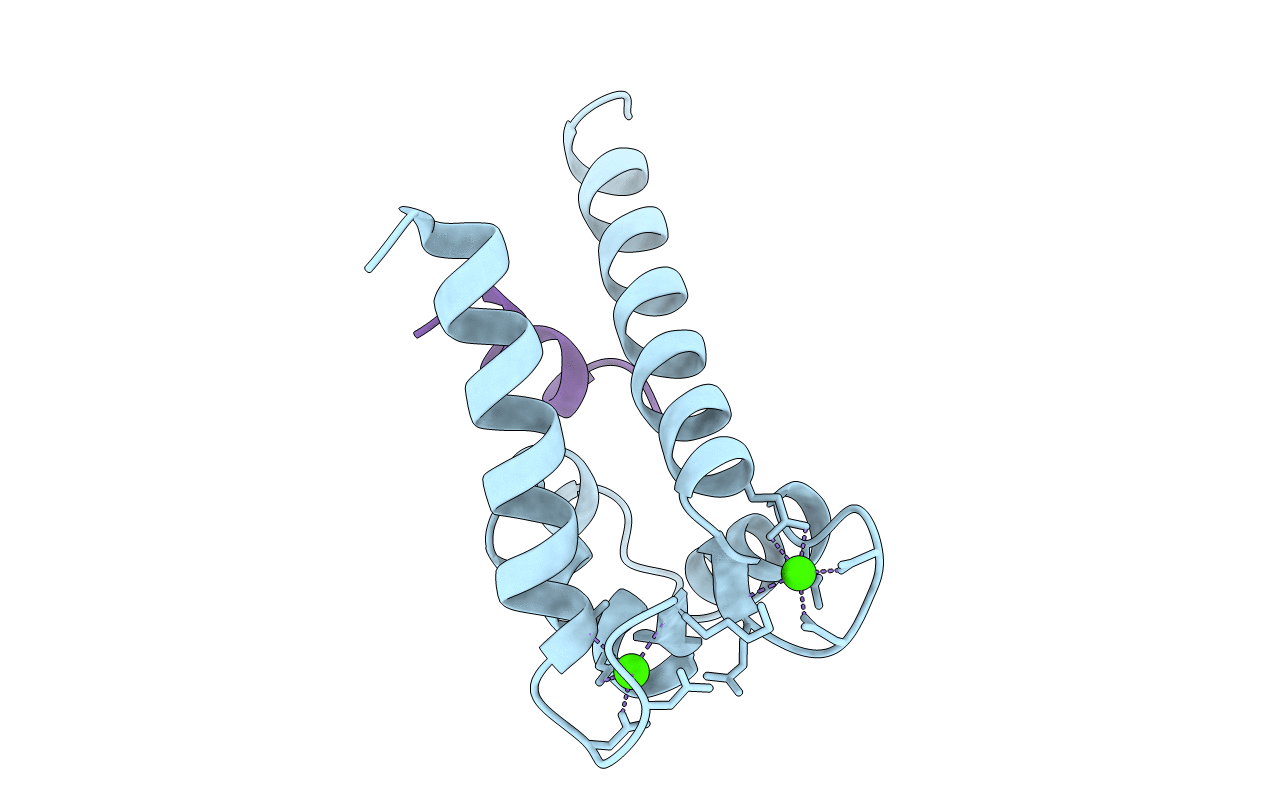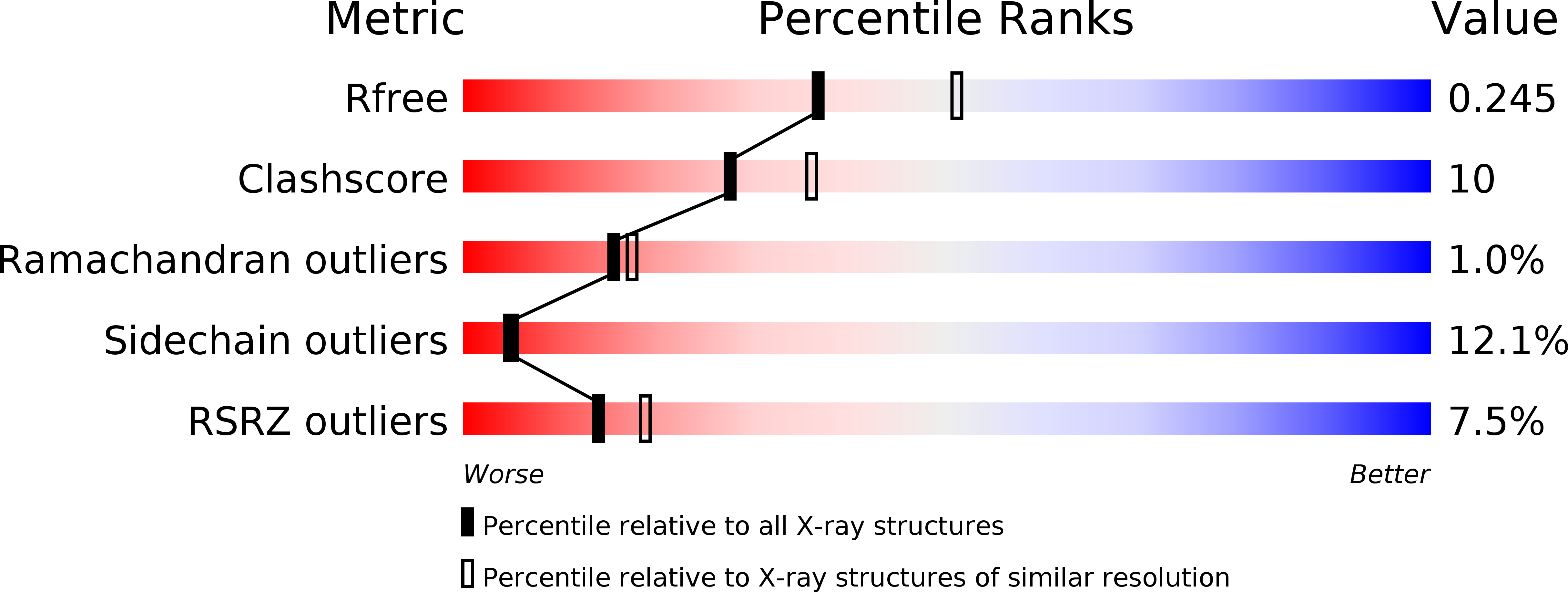
Deposition Date
1999-09-15
Release Date
2000-02-25
Last Version Date
2024-10-23
Entry Detail
PDB ID:
1QLS
Keywords:
Title:
S100C (S100A11),OR CALGIZZARIN, IN COMPLEX WITH ANNEXIN I N-TERMINUS
Biological Source:
Source Organism:
SUS SCROFA (Taxon ID: 9823)
HOMO SAPIENS (Taxon ID: 9606)
HOMO SAPIENS (Taxon ID: 9606)
Host Organism:
Method Details:
Experimental Method:
Resolution:
2.30 Å
R-Value Free:
0.26
R-Value Work:
0.21
Space Group:
P 61 2 2


